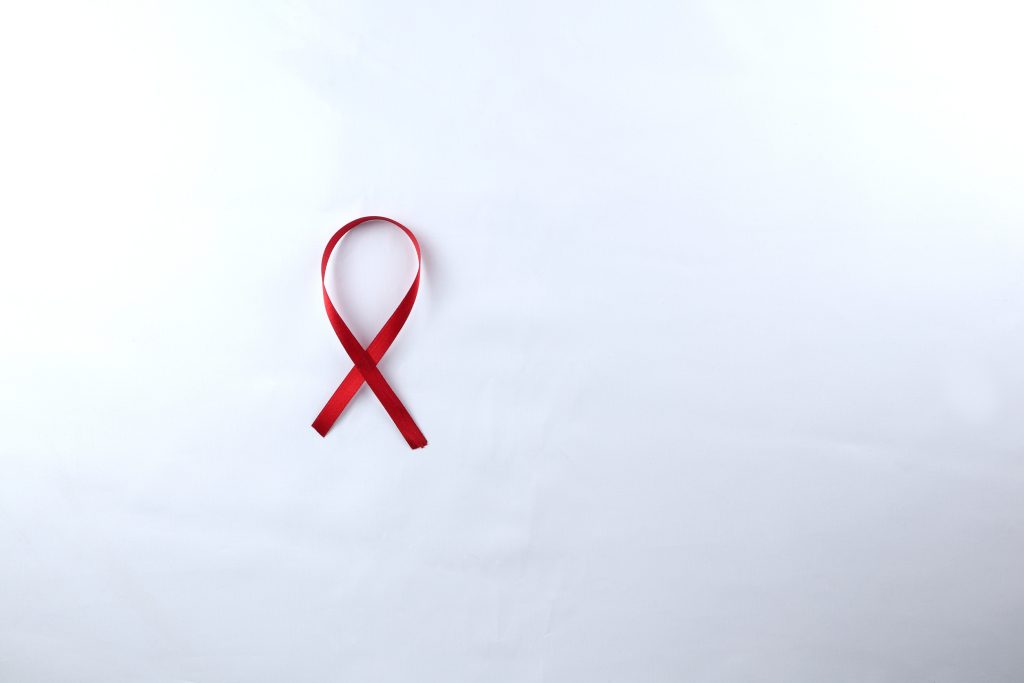
www.optimistdaily.com
Scientists use mRNA to expose hidden HIV in breakthrough step toward cure
BY THE OPTIMIST DAILY EDITORIAL TEAM
A team of scientists at the Peter Doherty Institute for Infection and Immunity in Melbourne made a significant stride in the decades-long search for a cure for HIV. The researchers have developed a novel method for exposing hidden HIV within white blood cells using mRNA technology, a development they describe as “overwhelming.”
For the nearly 40 million people living with HIV worldwide, this could represent a new direction in treatment. Current therapies suppress the virus but do not eliminate it, requiring lifelong medication. The persistence of the virus in so-called “reservoirs” of infected cells has long been one of the most daunting obstacles in curing HIV.
Why hidden HIV is so difficult to treat
HIV’s ability to lie dormant within white blood cells is a key reason why it’s been so hard to cure. These reservoirs are invisible to the immune system and unaffected by antiretroviral drugs. Even when the virus is suppressed to undetectable levels, it can reactivate if medication is stopped.
“Delivering mRNA to these cells was previously thought impossible,” said Dr. Paula Cevaal, research fellow and co-first author of the study published in Nature Communications. The cells, a type of white blood cell, had historically resisted the lipid nanoparticles (LNPs) used to carry mRNA, which was a major barrier.
The science behind the breakthrough
To overcome this challenge, the team engineered a new type of LNP, dubbed LNP X, which the target white blood cells can absorb. Once inside, the mRNA triggers the cells to expose the latent virus, potentially making it vulnerable to treatment or immune clearance.
“When our colleague first presented the results, we could hardly believe it,” said Cevaal. “It was a night-and-day difference from past attempts. We repeated the experiment multiple times and got consistent results.”
This breakthrough leverages the same mRNA technology used in COVID-19 vaccines, but with a unique formulation that allows it to reach a new type of cell.
What comes next for the research
While this is a promising development, scientists emphasize that the work is still in its early stages. So far, the technique has only been tested in lab settings using cells from HIV-positive individuals. Next steps would include animal testing, followed by safety and efficacy trials in humans, a process likely to take years.
“In biomedicine, many things don’t make it into the clinic,” Cevaal cautioned. “But in the specific context of HIV cure research, we’ve never seen anything as effective at revealing the virus. That gives us real hope.”
Dr. Michael Roche, co-senior author of the study, added that this approach could have broader applications, including in cancers where the same type of white blood cell plays a role.
Implications beyond HIV treatment
Experts outside the study have praised the breakthrough as a potential game-changer. Dr. Jonathan Stoye of the Francis Crick Institute said the research “represents a major potential advance in delivery of mRNA for therapeutic purposes to blood cells.”
However, some remain cautious. Prof Tomáš Hanke from the University of Oxford questioned the feasibility of reaching all the virus-harboring cells in the body with this method. “The hope that all reservoirs can be reached this way is merely a dream,” he said.
Even so, the discovery marks a major step forward. By making the invisible visible, researchers are inching closer to what once seemed unattainable: a functional cure for HIV.
Source Study: Nature Communications— Efficient mRNA delivery to resting T cells to reverse HIV latencyThe post Scientists use mRNA to expose hidden HIV in breakthrough step toward cure first appeared on The Optimist Daily: Making Solutions the News.










